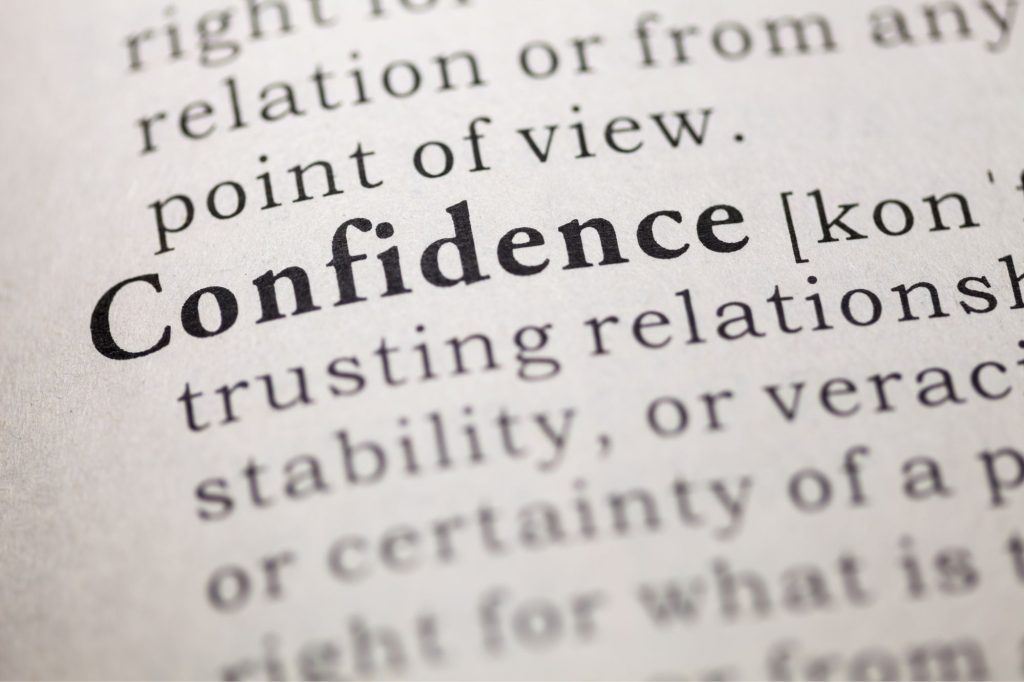JOIN OUR MAILING LIST
To ensure you don’t miss out when class slots are available or for the latest dates and info on our free taster classes.
You can unsubscribe at anytime and we would never share your email address with third parties. Read our privacy policy for further information


